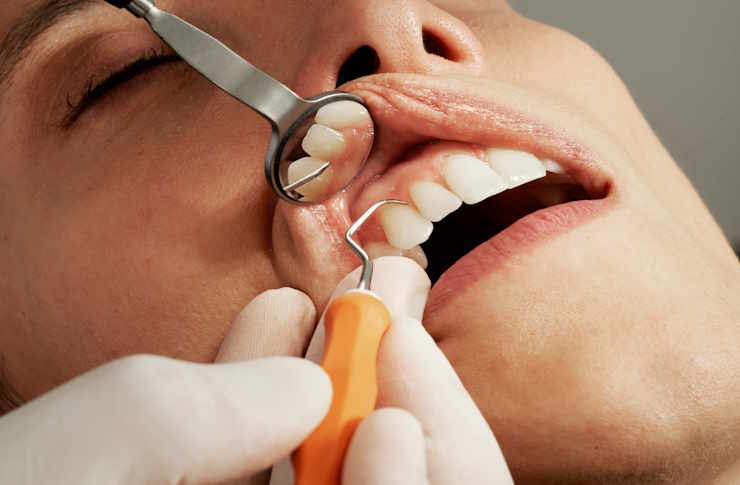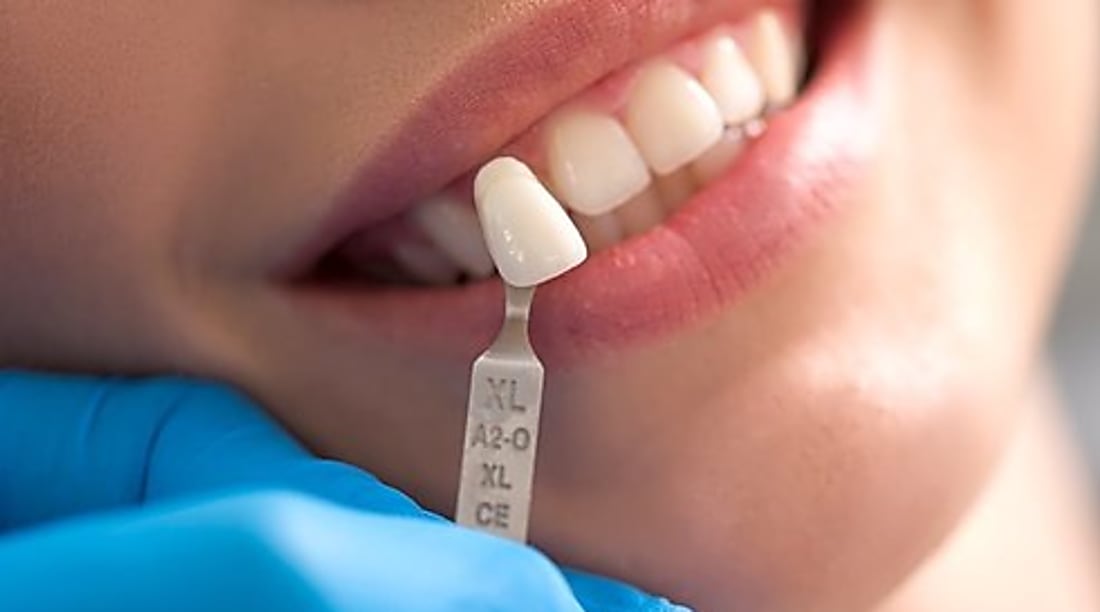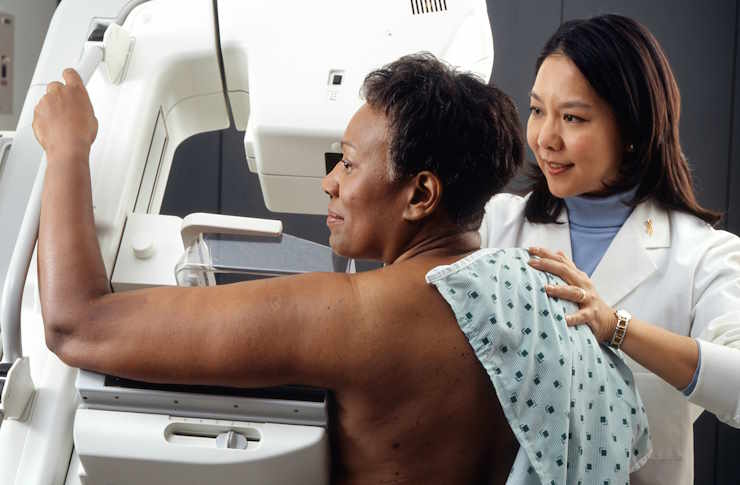Considering Dental Implants? Here’s What to Know About Screwless Options
Dental implants have revolutionized tooth replacement options, and recent innovations have introduced screwless alternatives that are changing how patients approach this treatment. Screwless dental implants offer a different approach to traditional implant procedures, potentially reducing discomfort and treatment time while maintaining the durability and functionality that make implants an attractive option for tooth replacement.

What Are Screwless Dental Implants?
Screwless dental implants represent a newer approach to implant dentistry that eliminates the need for traditional screw-retained components. Unlike conventional implants that use screws to secure the crown to the implant post, screwless systems rely on alternative attachment methods such as cement retention or specialized locking mechanisms. These systems typically feature a smooth implant surface or specialized connection design that allows the crown to be attached without threading screws through the restoration.
The technology behind screwless implants focuses on creating secure connections through friction-fit mechanisms, cement bonding, or innovative snap-on designs. This approach can simplify the restoration process and potentially reduce the mechanical complications sometimes associated with screw-retained implants, such as screw loosening or fracture.
Why Are Screwless Implants Becoming a Popular Choice?
Several factors contribute to the growing interest in screwless implant options. Patient comfort often improves with screwless systems since there are typically fewer components and potentially less invasive procedures involved in the restoration phase. The simplified design can also reduce the overall treatment time, as dentists may be able to complete the restoration process more efficiently.
From a maintenance perspective, screwless implants may offer advantages in certain clinical situations. Without access holes for screws, the crown can have a more natural appearance and potentially better contours for oral hygiene. Additionally, the risk of screw-related complications, such as loosening or mechanical failure of screw components, is eliminated entirely with these systems.
The aesthetic benefits also appeal to many patients, particularly for front teeth where appearance is crucial. Screwless restorations can provide seamless crown designs without the need to fill screw access holes, potentially resulting in more natural-looking results.
How Do Screwless Implants Work?
The functionality of screwless implants depends on the specific system used, but most rely on precise engineering to create secure connections without threaded components. Cement-retained screwless implants use dental cement to bond the crown permanently to the implant abutment, similar to how traditional crowns are attached to natural teeth.
Other screwless systems employ friction-fit mechanisms where the crown locks onto the implant through carefully designed internal connections. These systems often feature specialized geometries that create secure retention through mechanical interference, eliminating the need for screws while maintaining stability.
The implant placement process typically remains similar to traditional implants, involving surgical placement of the implant post into the jawbone. The primary difference occurs during the restoration phase, where the attachment method varies based on the screwless system selected. Healing and integration times generally remain comparable to conventional implants.
Are Screwless Implants Suitable for Everyone?
While screwless implants offer distinct advantages, they may not be appropriate for all patients or clinical situations. The suitability depends on factors such as bone quality, implant location, and individual oral health conditions. Patients with sufficient bone density and healthy gums typically make good candidates for screwless implant systems.
Certain clinical scenarios may favor traditional screw-retained implants over screwless options. For instance, if future retrievability of the restoration is anticipated, screw-retained implants may be preferred since they allow for easier removal if adjustments or replacements become necessary. Additionally, some complex cases involving multiple implants or specific angulation requirements might be better suited to conventional implant systems.
Your dentist will evaluate factors such as bite force, parafunctional habits like teeth grinding, and the specific location of the missing tooth to determine whether screwless implants are appropriate for your situation.
Comparing Screwless Dental Implants Prices
| Provider Type | Treatment Option | Cost Estimation |
|---|---|---|
| General Dentist | Single Screwless Implant | $3,000 - $4,500 |
| Oral Surgeon | Single Screwless Implant | $3,500 - $5,000 |
| Periodontist | Single Screwless Implant | $3,800 - $5,500 |
| Prosthodontist | Single Screwless Implant | $4,000 - $6,000 |
Pricing for screwless dental implants can vary significantly based on geographic location, provider expertise, and specific system used. Generally, costs may be comparable to or slightly higher than traditional implant systems due to the specialized components and techniques involved. Many dental practices offer financing options to help manage the investment in implant treatment.
Insurance coverage for screwless implants follows similar patterns to conventional implants, with many plans providing partial coverage for the procedure. Patients should verify their specific benefits and understand their out-of-pocket responsibilities before beginning treatment.
Prices, rates, or cost estimates mentioned in this article are based on the latest available information but may change over time. Independent research is advised before making financial decisions.
The decision between screwless and traditional implants should be based on individual clinical needs, preferences, and consultation with a qualified dental professional. While screwless options offer compelling advantages in comfort and aesthetics, the most important factor remains selecting the appropriate treatment approach for your specific situation and long-term oral health goals.
This article is for informational purposes only and should not be considered medical advice. Please consult a qualified healthcare professional for personalized guidance and treatment.




